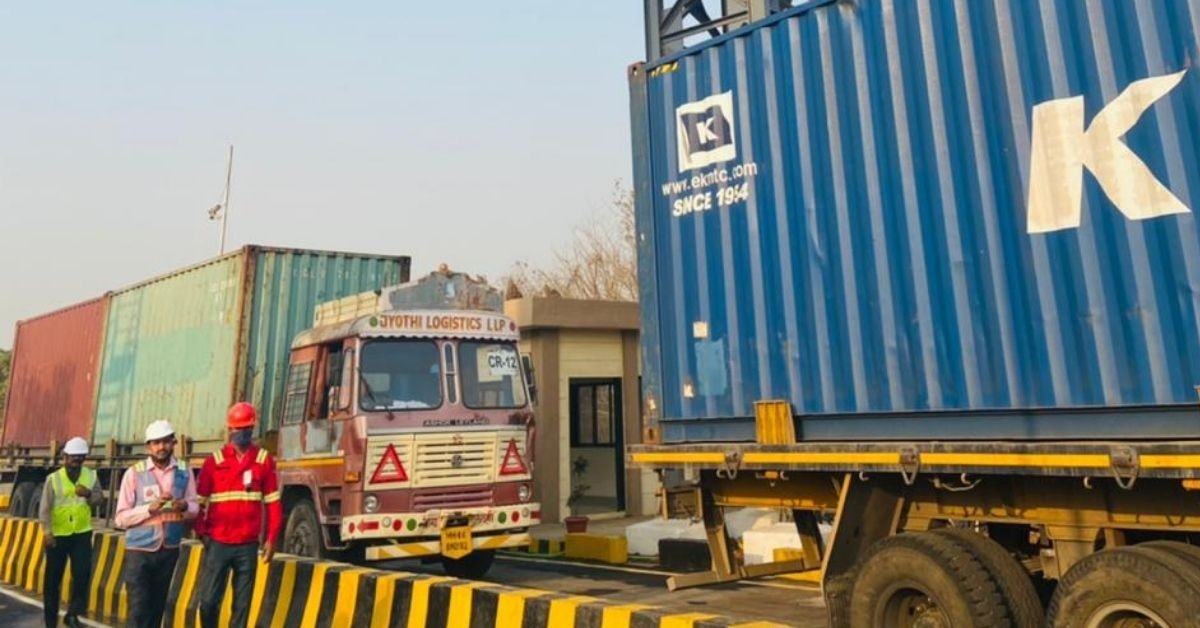Union Minister for Ports, Shipping and Waterways Sarbananda Sonowal, recently revealed that connectivity to major and private ports has significantly improved. All major ports in the country are connected by rail and by four-lane road or national highways. Out of the 66 non-major ports handling cargo, 13 are connected by rail while 24 are connected by four-lane roads or national highways.
Connectivity challenges exist in India impacting ports’ turnaround times and the country’s trade competitiveness. India’s hinterland connectivity is mainly based on surface transport i.e. road and rail, wherein, domestic waterways (coastal shipping and inland waterways) play a very limited role.
It is, therefore, important that connectivity of major ports with the hinterland is augmented not only to ensure smooth flow of traffic at the present level but also to meet the requirements of projected increase in traffic.
Smooth connectivity to ports is even more important as the cargo generating centres are mainly in the hinterland instead of in the coastal region. The long lead distance increases the logistics cost and time variability within which the cargo can be delivered.
To this end, the Department for Promotion of Industry and Internal Trade (DPIIT) prepared a Comprehensive Port Connectivity Plan (CPCP) in consultation with Ministry of Ports, Shipping and Waterways, Ministry of Railways, Ministry of Road Transport and Highways (MoRTH) and State Maritime Boards in September 2022.
The CPCP incorporates 298 connectivity projects, both road and rail, which are currently enhancing last mile and hinterland connectivity of ports. This, in turn, will boost port efficiency, enabling the ports to handle more cargo.







